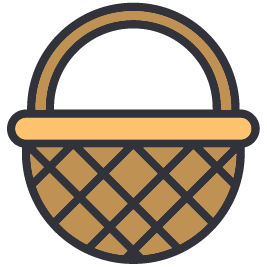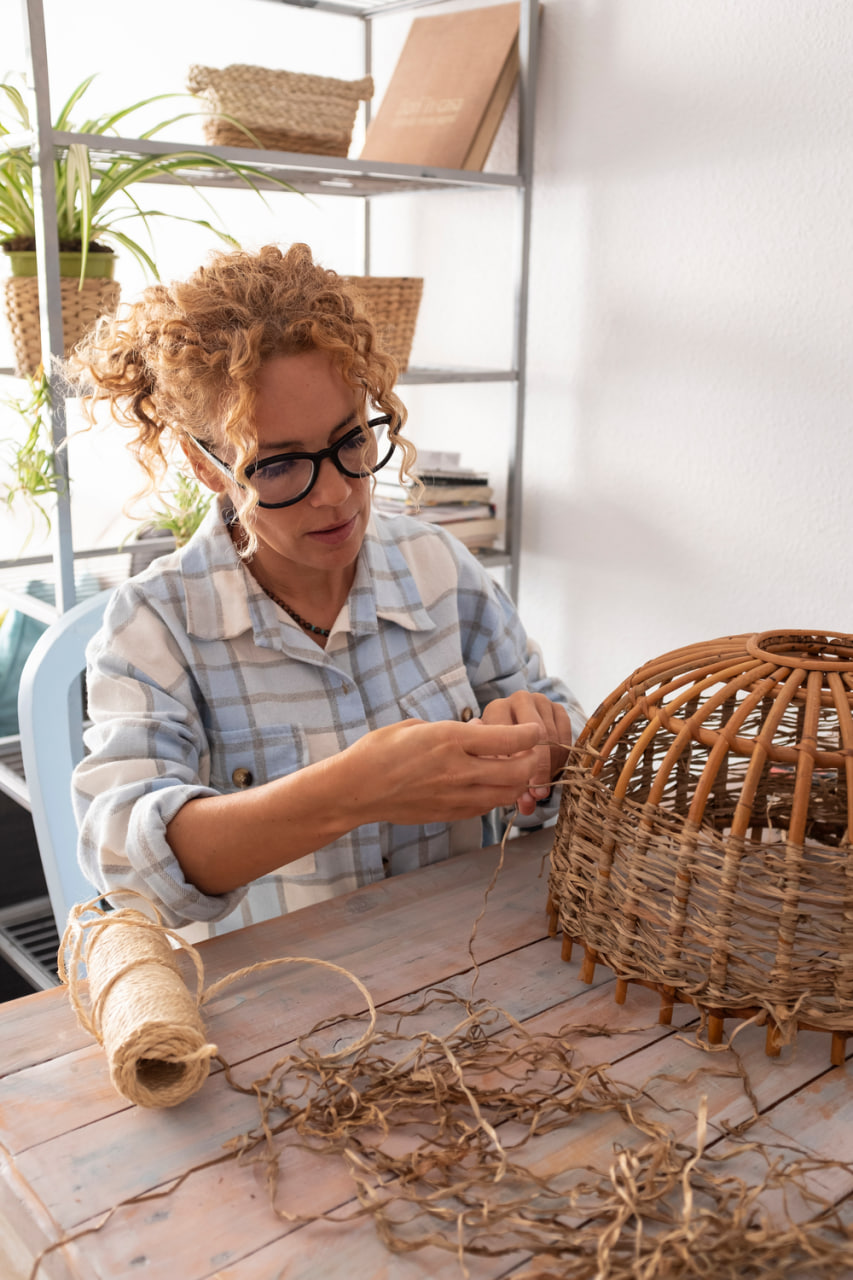As our world becomes more conscious of the environmental impact of consumer habits, more people are turning toward eco-friendly crafting. Basket weaving, with its deep-rooted connection to nature and simple materials, is a perfect example of a sustainable and rewarding creative practice.
This article explores how natural and recycled materials can be used in basketry, how to choose them, and why eco-conscious crafting isn’t just a trend—but a mindful lifestyle choice.
Why Sustainability Matters in Crafting
Crafting should be an expression of care—for ourselves, our communities, and the planet. Unfortunately, many modern hobbies rely on synthetic supplies, mass-produced kits, or fast-consumption mindsets. Eco-friendly crafting challenges this by focusing on materials and methods that minimize environmental harm.
In basket weaving, this means using materials that are:
- Biodegradable or recyclable
- Responsibly harvested
- Locally sourced when possible
- Free from toxic treatments or dyes
By working with what nature provides—or giving new life to discarded items—you’re not only reducing waste but actively contributing to a culture of creativity rooted in respect for the Earth.
Natural Materials in Basket Weaving
Traditional basketry relies heavily on what grows naturally in a given region. These materials are often abundant, renewable, and beautifully textured. Some of the most popular natural fibers for weaving include:
1. Willow
A classic basketry material, willow is flexible, strong, and versatile. It grows quickly and can be harvested sustainably with proper care. Willow is ideal for structural baskets and rustic styles.
2. Rattan and Reed
These vine-like palms are lightweight, flexible, and widely used in modern basketry. Rattan is typically used for furniture and larger items, while flat reed is excellent for beginner baskets.
3. Seagrass
Harvested from coastal areas, seagrass has a natural sheen and a subtle scent. It’s a soft, pliable option perfect for decorative work.
4. Cane
Often used for weaving seats or lightweight baskets, cane is the inner bark of the rattan palm. It offers a smooth finish and a natural golden color.
5. Pine Needles and Bark
In some traditions, long pine needles or bark strips are coiled to create intricate, textured baskets. These materials are ideal for fine work and smaller pieces.
When choosing natural materials, it’s essential to consider their source. Look for suppliers who use sustainable harvesting practices or consider gathering small amounts yourself, being mindful of the ecosystem.
Giving Waste New Life: Recycled Basketry
Eco-friendly weaving isn’t limited to plant fibers. In fact, some of the most creative and inspiring projects come from using materials that would otherwise be discarded. This is where recycled or upcycled basketry shines.
Common Recycled Materials for Weaving
- Newspaper and magazine strips: Rolled, twisted, or folded into weavers.
- Plastic bags: Cut into strips and woven into surprisingly strong and waterproof baskets.
- Old clothing and fabric scraps: Braided or twisted into thick weavers with beautiful texture and color.
- Cardboard strips: Used as structure or base elements in combination with softer weavers.
- Telephone wire or cable: Popular in South African basketry, these materials create vibrant, durable forms.
Upcycled materials challenge us to see waste differently. They also allow for experimentation with color, texture, and form—making each basket unique and deeply personal.
Benefits of Eco-Friendly Basketry
- Reduced Environmental Impact
By choosing natural or recycled materials, you help divert waste and minimize the use of industrial resources. - Healthier Crafting Experience
Natural materials are free from harmful chemicals, making them safer to handle, especially for children or those with sensitivities. - Increased Connection to Nature
Working with organic fibers fosters a deeper awareness of natural cycles, seasonal rhythms, and the value of living materials. - Creative Freedom
Using unconventional or found materials pushes you to think outside the box and embrace imperfections. - Low-Cost and Accessible
Many sustainable materials are free or inexpensive, making eco-friendly crafting more inclusive and budget-friendly.
Tips for Getting Started
- Start local: Explore what natural materials grow in your area. Willow, grasses, vines, or even corn husks might be available nearby.
- Repurpose mindfully: When recycling materials, clean them thoroughly and avoid anything treated with harsh chemicals.
- Plan small projects first: Coasters, trays, or pencil holders are great ways to practice eco-weaving before moving on to larger items.
- Mix materials: Combine natural and recycled elements to create hybrid designs that are both functional and artistic.
- Document your process: Keep a crafting journal or take photos of your projects. This helps you learn what works, and also inspires others to try.
Weaving a More Sustainable Future
Eco-friendly basket weaving is more than a craft. It’s a philosophy—a way of living that values resourcefulness, patience, and intentional creativity. When you weave with care for the materials and the planet, you’re joining a movement of makers who believe that beauty and sustainability can go hand in hand.
Our workshops include special sessions on eco-basketry, where students explore both traditional plant fibers and creative recycled materials. You’ll learn how to source, prepare, and work with a variety of eco-friendly supplies—all while creating something truly your own.
By choosing to weave sustainably, you’re not only making something beautiful. You’re making a statement—one that honors tradition, celebrates the environment, and reimagines the value of everyday materials.

